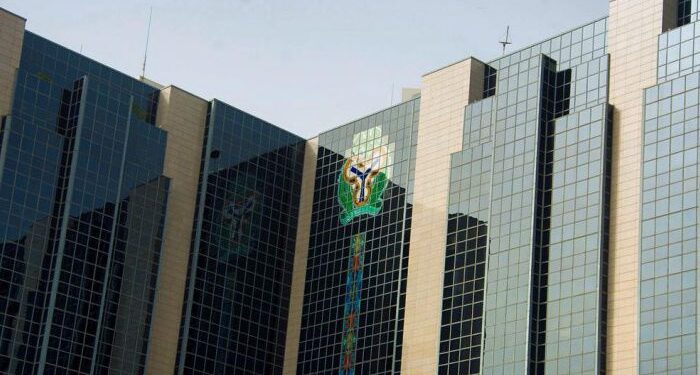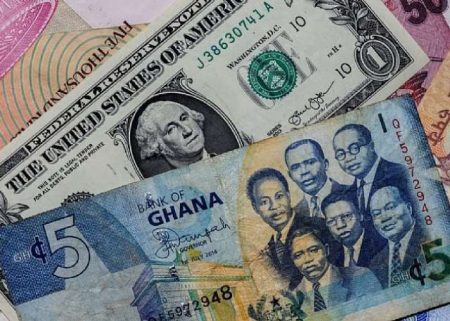The Expanding Landscape of Personal Loans in Nigeria: A Deep Dive into Q4 2024 Trends
The final quarter of 2024 witnessed a significant shift in Nigeria’s consumer credit landscape, marked by a surge in personal loans. According to the Central Bank of Nigeria’s (CBN) Q4 2024 Economic Report, Nigerians borrowed a staggering N470 billion in personal loans during this period, pushing the total outstanding consumer credit to N4.72 trillion, an 11.06% increase from the previous quarter. This surge underscores a growing reliance on personal loans as individuals navigate the prevailing economic realities, marked by inflationary pressures and rising living costs. Personal loans emerged as the dominant force in the consumer credit market, accounting for 80.98% of the total outstanding credit, reaching N3.82 trillion, a significant jump of 21.27% from the preceding quarter. This trend indicates a shift in borrowing behavior, with individuals increasingly favoring personal loans over other forms of credit.
In contrast to the burgeoning personal loan sector, retail loans experienced a decline, falling by 18.18% to N0.90 trillion. This divergence highlights a preference for the flexibility and accessibility often associated with personal loans. While retail loans typically cater to specific purchases, personal loans offer borrowers greater freedom in utilizing the funds, making them a more attractive option for addressing diverse financial needs. Several factors contribute to this trend, including the relative ease of access to personal loans compared to other forms of credit, especially with the increasing digitalization of financial services. The rapid growth of fintech lending platforms has further simplified the loan application process, providing quick access to funds for individuals who may not qualify for traditional bank loans.
The surge in personal loan uptake is not without its underlying causes. The Nigerian economy faced persistent inflationary pressures throughout 2024, with the headline inflation rate reaching 34.80% in December. This persistent rise in the cost of goods and services has put a strain on household finances, prompting many individuals to seek financial assistance through personal loans to meet their daily needs and cover essential expenses. The festive season, with its increased spending demands, further fueled the demand for personal loans in the final quarter of the year. The need to bridge the gap between income and expenses, particularly during this period of heightened spending, likely contributed to the significant increase in personal loan applications.
The CBN’s response to the escalating inflation involved a series of interest rate hikes throughout the year. The Monetary Policy Rate (MPR), a key benchmark for lending rates, was raised by a cumulative 875 basis points, reaching 27.50% by the end of 2024. This aggressive monetary tightening policy aimed to curb inflationary pressures by making borrowing more expensive and reducing consumer spending. Consequently, commercial banks adjusted their lending rates upwards, impacting the cost of personal loans. While this measure aimed to control inflation, it also meant that borrowers had to contend with higher interest payments, increasing the overall cost of borrowing.
The rising cost of personal loans presents a double-edged sword. While providing much-needed access to funds, it also carries the risk of increasing the debt burden on borrowers, particularly those with limited or unstable income sources. The higher interest rates could lead to a rise in loan defaults if borrowers struggle to keep up with their repayment obligations. This potential for increased defaults poses a challenge for both lenders and borrowers, highlighting the need for responsible lending and borrowing practices. Financial institutions must carefully assess borrowers’ creditworthiness and ensure that loans are affordable, while individuals need to borrow responsibly and within their means.
Despite the potential risks associated with the surge in personal loans, the CBN report indicated an improvement in banks’ asset quality. The non-performing loan (NPL) ratio fell to 4.50% in December, remaining below the 5.00% prudential benchmark. This suggests that banks have been effective in managing their loan portfolios and recovering outstanding debts. While the NPL ratio provides a positive indicator of loan performance, it is essential to continue monitoring the situation closely, particularly given the rising cost of borrowing. The long-term impact of higher interest rates on loan repayment behavior remains to be seen, and continued vigilance is crucial to ensure the stability of the financial sector.














